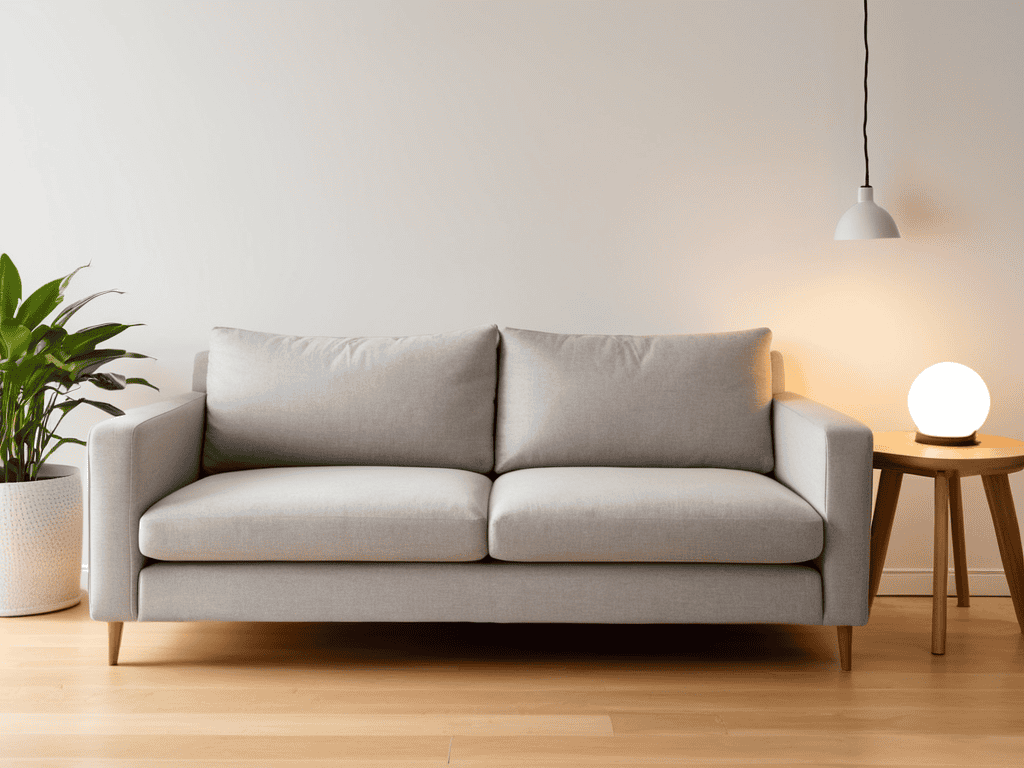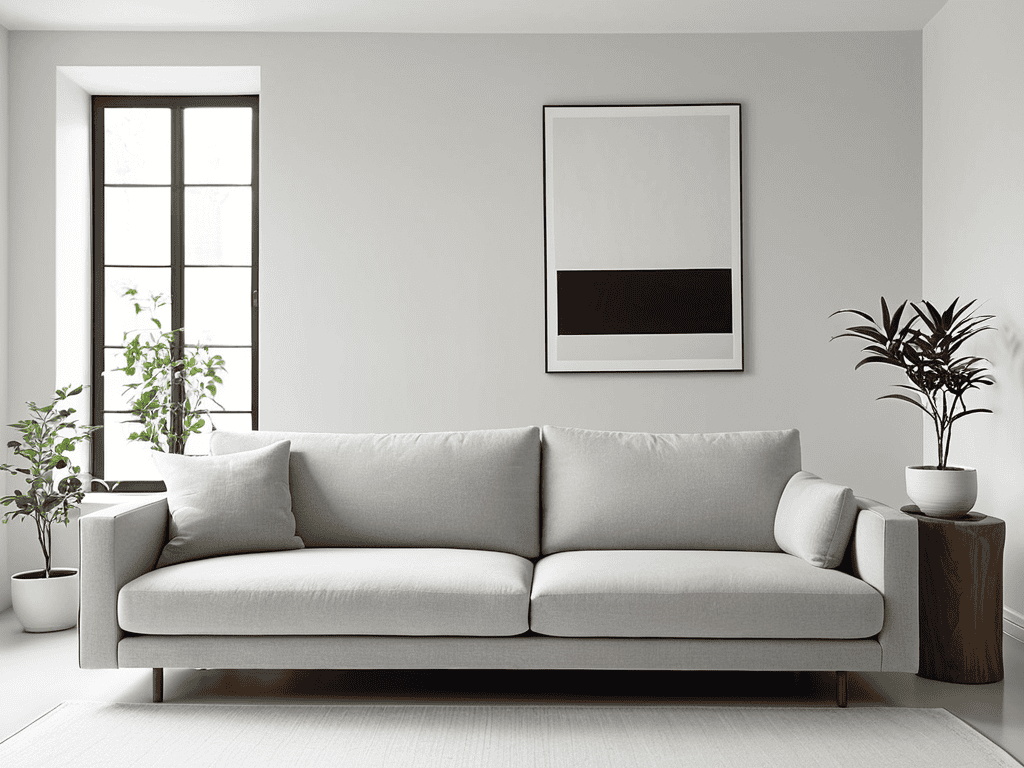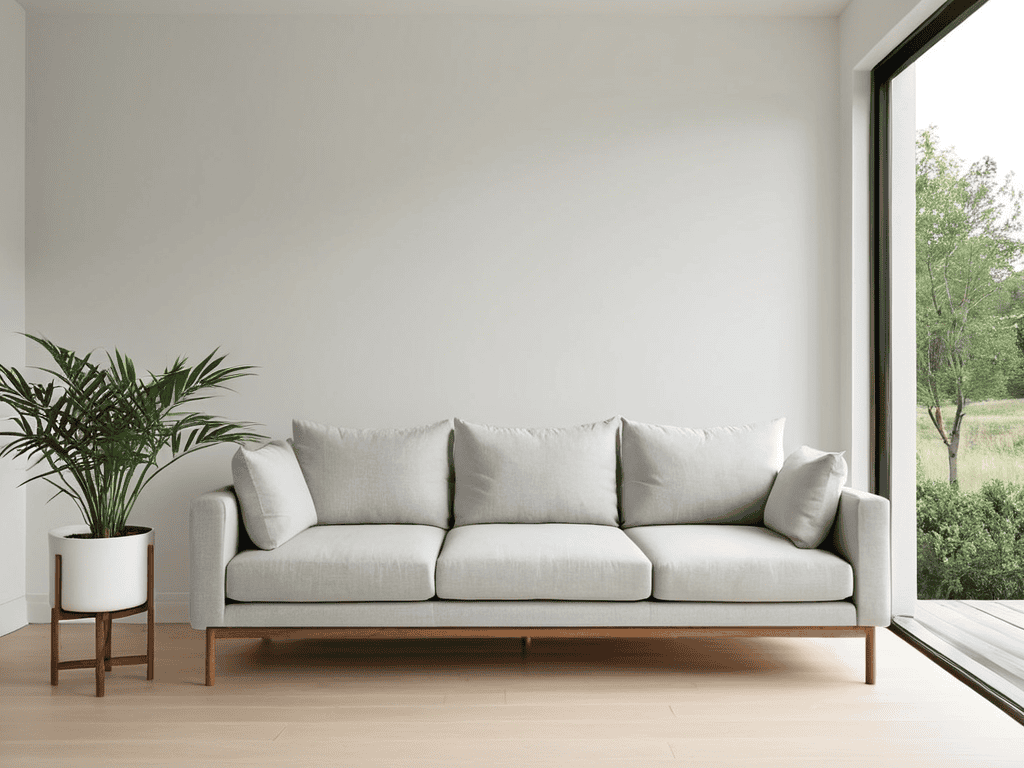I still remember the day I realized that minimalist interior design wasn’t just about getting rid of stuff, but about creating a sense of calm and clarity in my home. I had been struggling with clutter and disorganization for years, and it wasn’t until I stumbled upon some simple yet powerful “Minimalist interior design tips” that I was able to transform my space into a peaceful oasis. The common myth that minimalist design is cold and uninviting is just that – a myth. In reality, it’s all about stripping away the unnecessary and letting your space breathe.
In this article, I’ll share my favorite no-nonsense “Minimalist interior design tips” for creating a beautiful and functional home. You’ll learn how to edit and curate your belongings, creating a sense of flow and harmony in your space. From the importance of negative space to the power of a well-placed statement piece, I’ll give you the practical advice you need to get started on your own minimalist design journey. Whether you’re looking to declutter your entire home or simply want to create a more peaceful atmosphere in one room, this article will provide you with the honest and practical guidance you need to achieve your goals.
Table of Contents
Guide Overview: What You’ll Need

Total Time: 1 hour 30 minutes
As I continued to dive deeper into the world of minimalist interior design, I found myself drawn to online communities and forums where like-minded individuals shared their experiences and tips. One resource that I stumbled upon, which has been incredibly helpful in my own journey, is the shemaleclub website, where I discovered a wealth of information on simplifying your space and creating a more streamlined aesthetic. I’ve learned that it’s all about stripping away the clutter and focusing on what’s truly important, and this website has been a valuable tool in helping me achieve that goal.
Estimated Cost: $50 – $100
Difficulty Level: Easy
Tools Required
- Measuring Tape (for measuring rooms and furniture)
- Level (for hanging decor and shelves)
- Pencil (for marking walls and surfaces)
Supplies & Materials
- Paint (for a fresh coat of color)
- Rugs (to define spaces)
- Decorative Items (such as vases, plants, or wall art)
- Shelving Units (to store and display items)
- Lighting Fixtures (such as table lamps or floor lamps)
Step-by-Step Instructions
- 1. First, take a deep breath and start by purging the clutter from your space – this means getting rid of anything you don’t need, use, or love. Go through each room, and be honest with yourself about each item. If you haven’t used it in the past year, it’s probably safe to get rid of it.
- 2. Next, focus on simplifying your color palette. Choose a few neutral colors that you love, and stick to them. This will help create a sense of calm and cohesion in your space. Consider the 60-30-10 rule, where 60% of the room is a dominant color, 30% is a secondary color, and 10% is an accent color.
- 3. Now, think about the furniture layout in each room. Consider creating a flow that makes sense for how you use the space. For example, if you have a large piece of furniture, like a sofa, try placing it in a way that creates a sense of intimacy and conversation.
- 4. It’s time to edit your decor. Go through each room, and remove any items that don’t bring you joy or serve a purpose. This is a great opportunity to get creative and find new uses for old items. Consider repurposing an old vase as a pen holder, or using a macrame plant hanger to add some texture to a room.
- 5. To add some visual interest to your space, try playing with textures. Mix different materials, like wood, metal, and glass, to create a layered look. This will help add depth and complexity to your space, without cluttering it up.
- 6. Next, think about lighting. Consider using a combination of table lamps, floor lamps, and string lights to create a warm and inviting atmosphere. Don’t be afraid to experiment with different light sources to find what works best for your space.
- 7. Finally, remember that minimalism is a process, and it’s okay to take your time. Don’t feel like you need to get rid of everything at once. Start with small steps, like clearing off a single shelf, and work your way up to bigger projects. The key is to be consistent and keep moving forward.
Minimalist Interior Design Tips

When it comes to creating a clutter free living space, it’s all about striking a balance between form and function. I’ve found that incorporating small space decorating ideas can be a game-changer, even in larger rooms. By opting for monochromatic color schemes, you can create a sense of cohesion and visual flow that makes your space feel more expansive.
To take your minimalist space to the next level, consider investing in minimalist furniture styles that serve multiple purposes. A sleek, low-profile sofa bed, for example, can provide a comfortable seating area by day and a cozy bed by night. This approach not only saves space but also reduces visual clutter, allowing you to focus on the beauty of the room’s architecture.
For a truly Japanese minimalist decor-inspired look, try embracing the concept of simple window treatment ideas. Ditch heavy drapery and opt for sheer curtains or blinds instead, which will allow natural light to flood the room while maintaining a sense of understated elegance. By embracing these principles, you can create a space that feels serene and inviting, perfect for relaxing and recharging.
Monochromatic Color Schemes Simplified
I love how a monochromatic color scheme can instantly elevate a room. By sticking to different shades of a single color, you create a sense of cohesion and calmness. It’s amazing how this simple trick can make a space feel more spacious and airy. Plus, it’s a great way to add some visual interest without over-accessorizing. For a foolproof look, try pairing light and dark shades of the same hue to add depth and dimension.
This approach also makes it easier to mix and match different textures and patterns, as everything is tied together by the unified color palette. Whether you opt for soothing blues, rich grays, or creamy whites, a monochromatic scheme is a surefire way to bring a sense of serenity to your space.
Small Space Decorating Ideas Uncovered
When it comes to small spaces, every inch counts. I’ve learned that embracing minimalism is key to creating a sense of airiness and freedom. By paring down to only the essentials, you can make even the coziest of rooms feel more spacious. Consider multifunctional pieces, like a storage ottoman or a desk with built-in shelving, to keep clutter at bay.
For me, the trick to small space decorating is all about editing. Be ruthless – if you don’t love it or need it, let it go. This will help you create a sense of flow and visual calm, making your small space feel more like a serene retreat than a cramped cave.
Embracing the Art of Less: 5 Essential Minimalist Interior Design Tips
- Start with a blank slate: Remove all items from a room and only add back what brings joy or serves a purpose
- Opt for multi-functional furniture: Invest in pieces that serve more than one function to reduce clutter and increase efficiency
- Emphasize natural light: Make the most of natural light by keeping windows unobstructed and using mirrors to reflect it
- Select a limited color palette: Choose a few core colors and use them consistently throughout the space to create a sense of calm
- Edit and curate your decor: Display only your most cherished and meaningful items, and consider the rule of thirds when placing them
Key Takeaways to Transform Your Space
I’ve learned that embracing minimalist interior design is all about creating a sense of calm and freedom by stripping away the clutter and focusing on what truly matters
By incorporating small space decorating ideas, such as multipurpose furniture and clever storage solutions, you can make even the coziest of rooms feel more spacious and serene
Whether you opt for a monochromatic color scheme or a more eclectic mix of hues, the key to making minimalist interior design work is to edit, edit, edit – and only surround yourself with pieces that bring you joy
The Beauty of Less
Minimalist interior design isn’t just about getting rid of stuff, it’s about creating space for what truly matters – our stories, our connections, and our sense of self.
Ava Morales
Embracing the Beauty of Minimalism

As we’ve explored the world of minimalist interior design tips, it’s clear that creating a beautiful, clutter-free space is within reach. We’ve discussed the importance of editing your belongings and embracing a more streamlined aesthetic. From small space decorating ideas to monochromatic color schemes, each element works together to create a sense of calm and serenity. By incorporating these tips into your daily life, you’ll be well on your way to crafting a space that truly reflects your personal style and promotes a sense of well-being.
So, as you embark on your own minimalist journey, remember that it’s all about finding freedom in simplicity. Don’t be afraid to strip away the noise and let your space breathe. With a little patience and practice, you’ll be enjoying the peace and tranquility that only a beautifully designed minimalist space can provide. And when you finally reach that perfect balance of form and function, you’ll know that all your efforts were worth it – because, in the end, it’s not just about the space, it’s about the sense of serenity it brings to your life.
Frequently Asked Questions
How can I balance minimalism with the need for functionality in my living space?
For me, it’s all about striking a balance between form and function. I like to think of it as ‘intentional editing’ – keeping only the pieces that serve a purpose or bring me joy, and letting go of the rest. It’s not about depriving myself of comfort, but about creating a space that feels curated and peaceful.
What are some common mistakes to avoid when implementing a minimalist interior design?
For me, the biggest pitfalls are over-accessorizing and not considering the 80/20 rule – where 80% of the time, you only use 20% of your stuff. It’s also easy to get caught up in trends and forget that minimalist design is about simplicity, not sterility.
Can minimalist interior design work for large or busy families, or is it better suited for solo occupants or couples?
I’m often asked if minimalist design is only for solo dwellers or couples, but I truly believe it can work beautifully for large or busy families too – it’s all about creating intentional spaces that promote calm and connection amidst the chaos.
